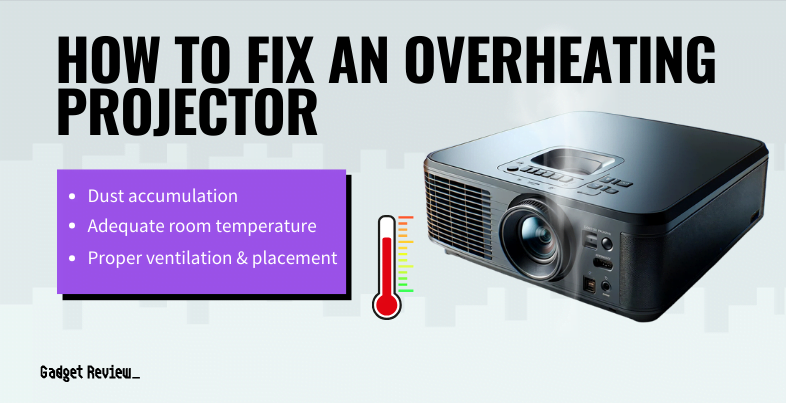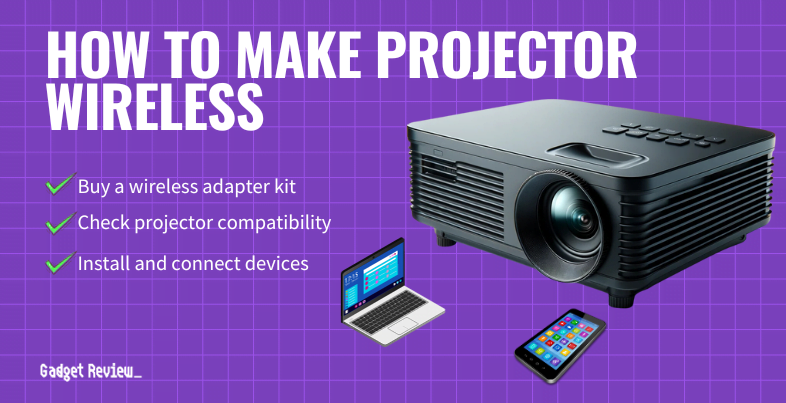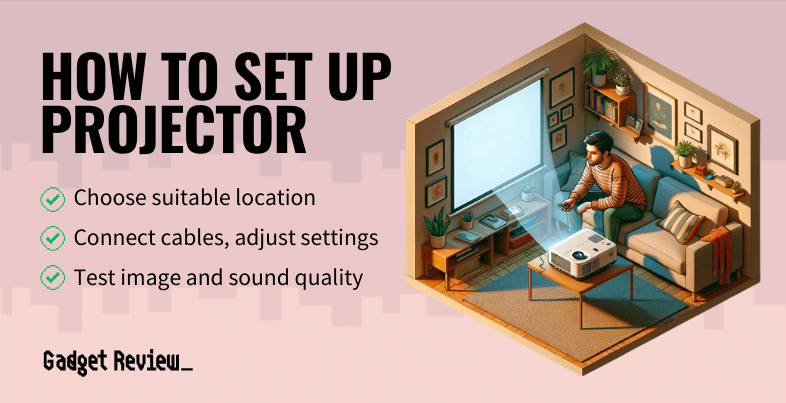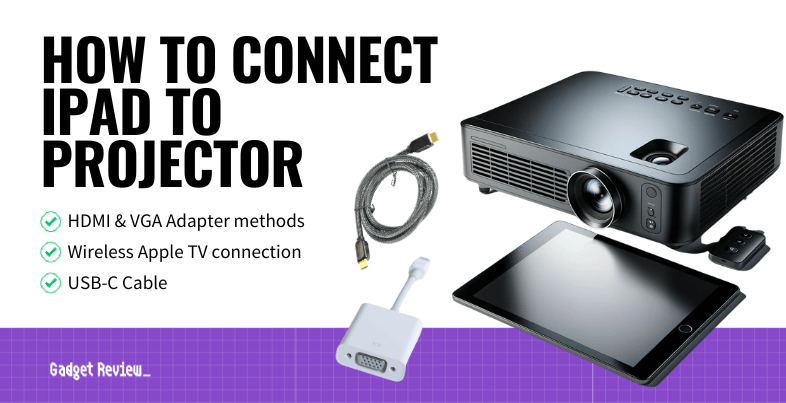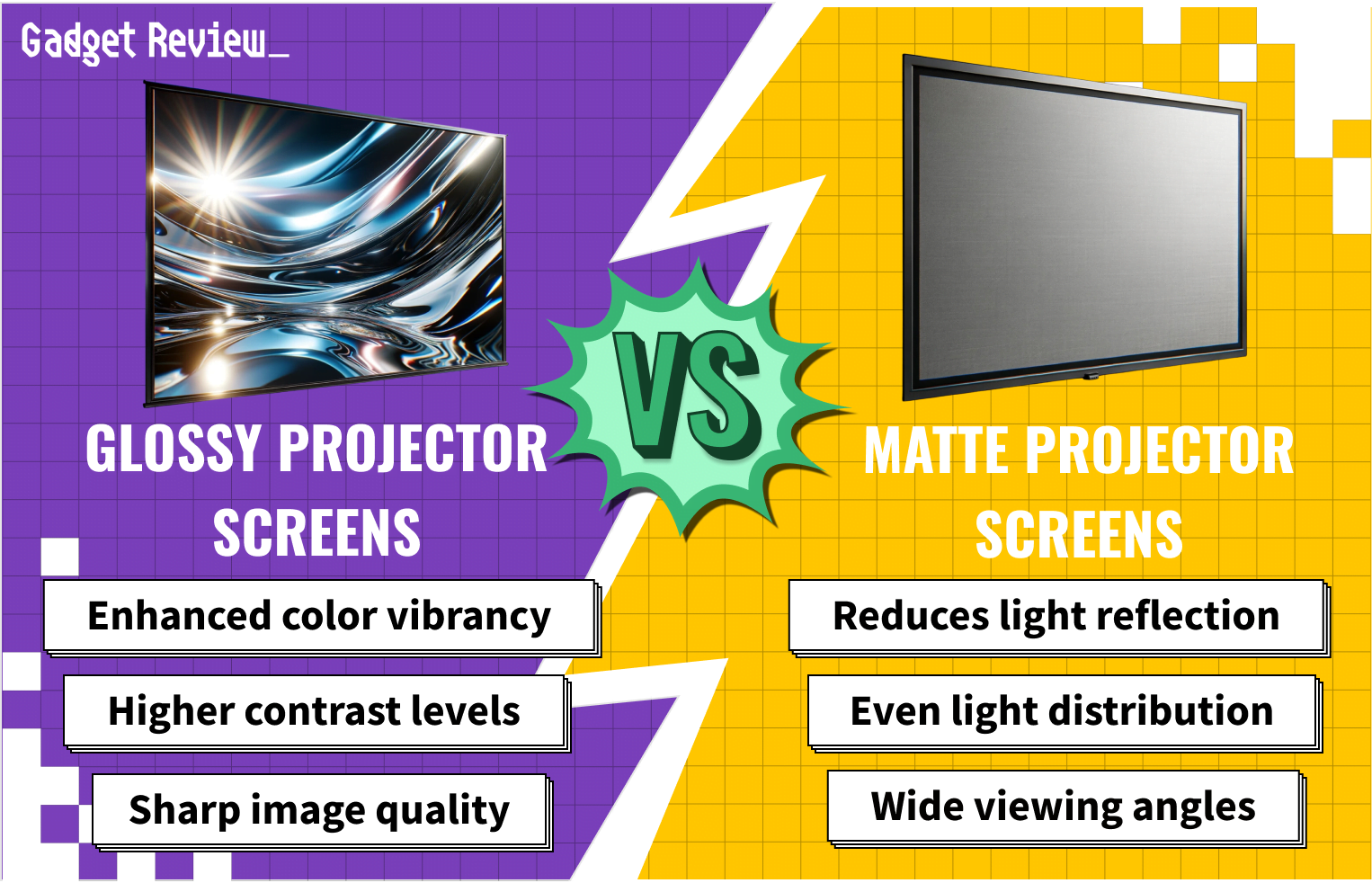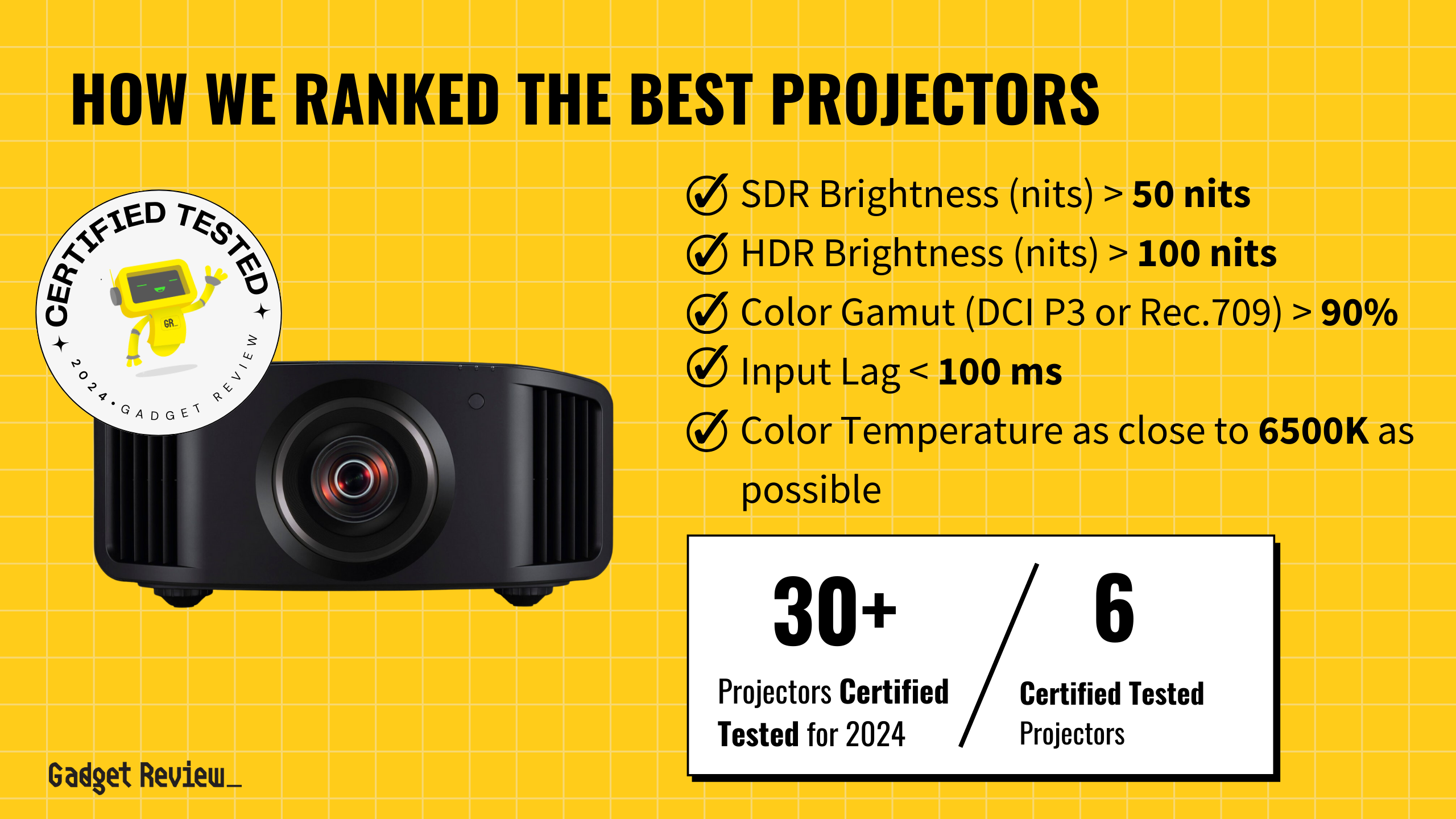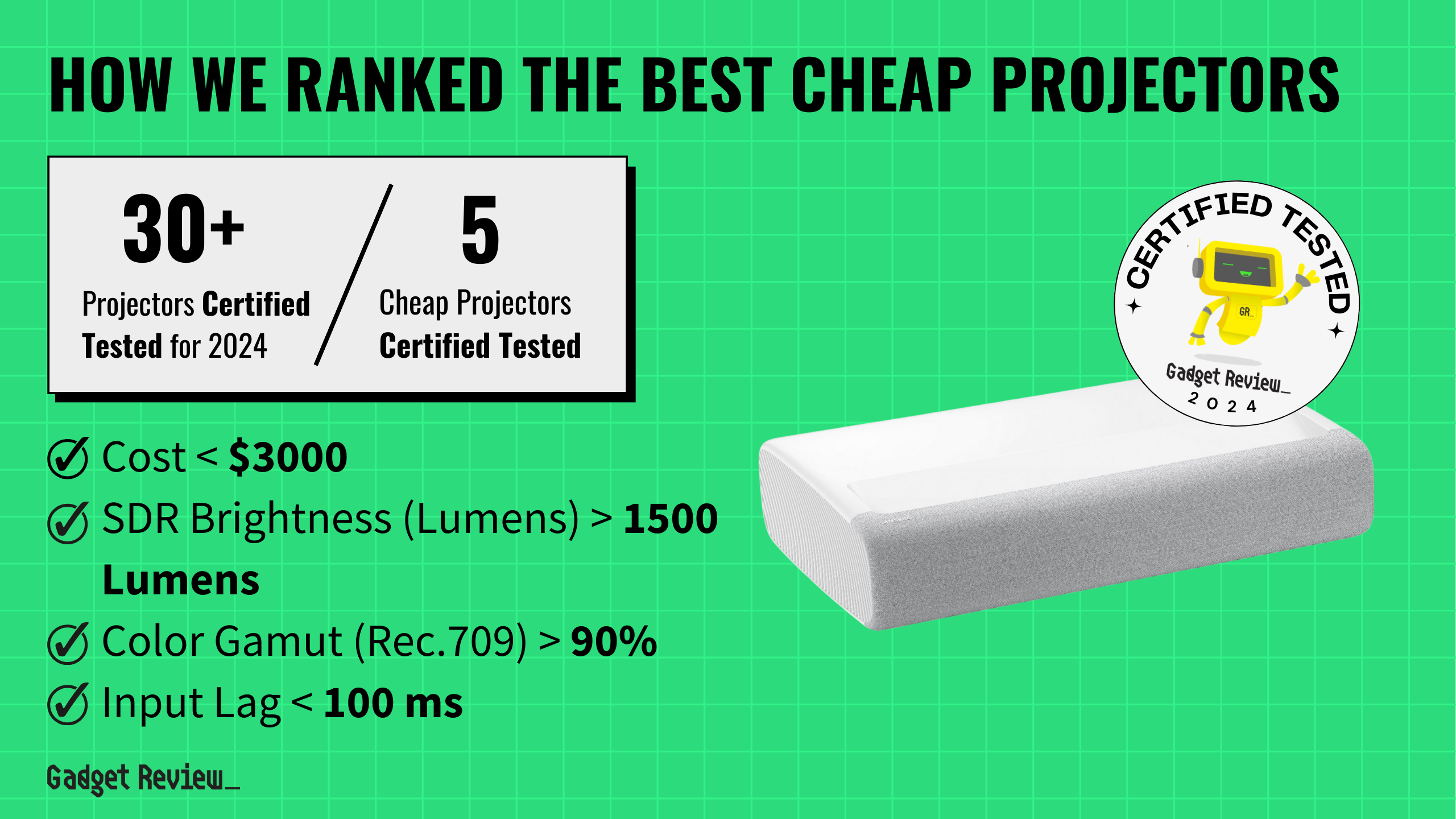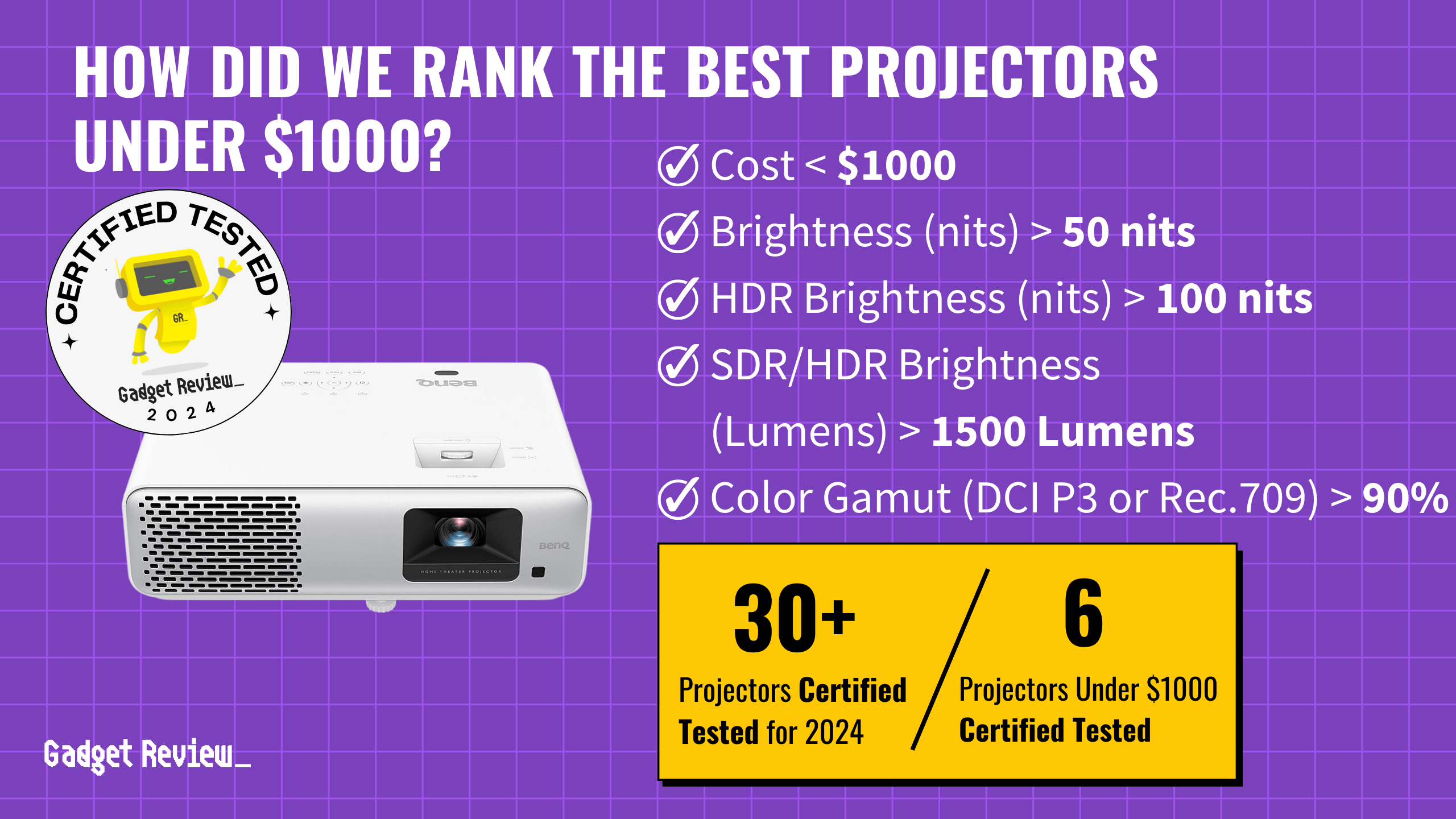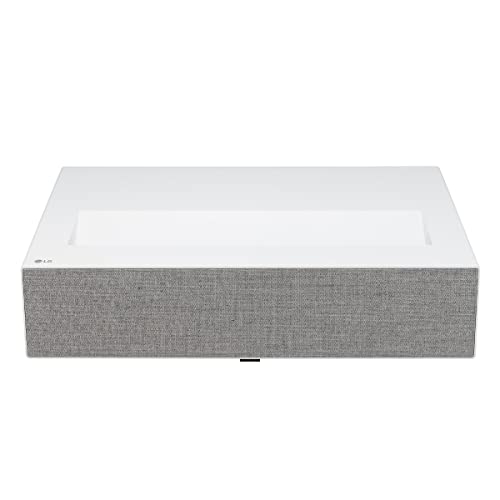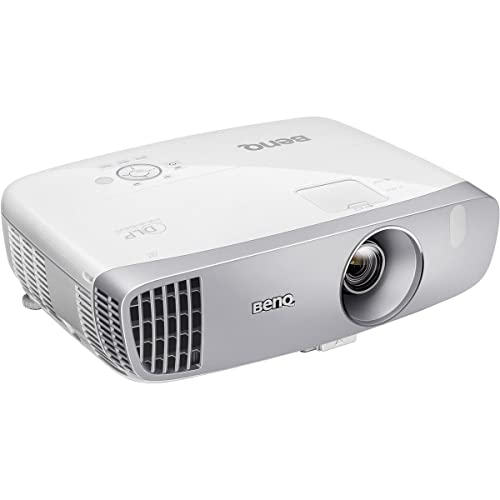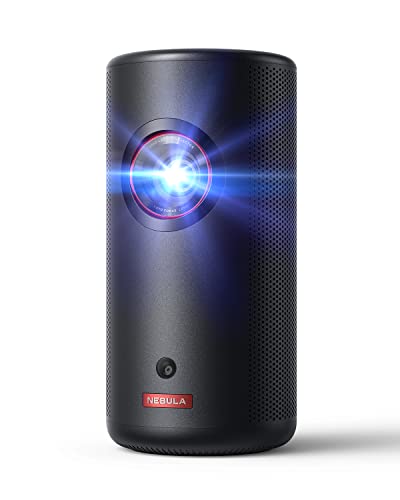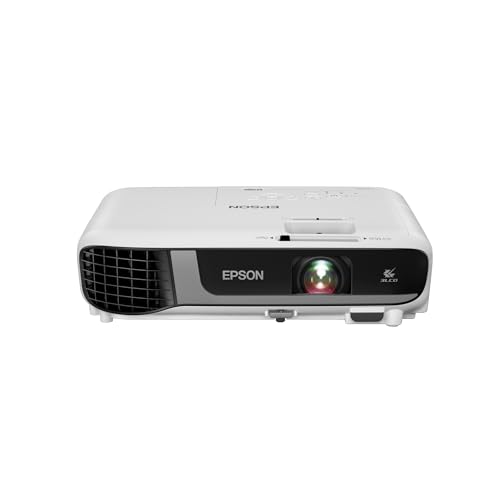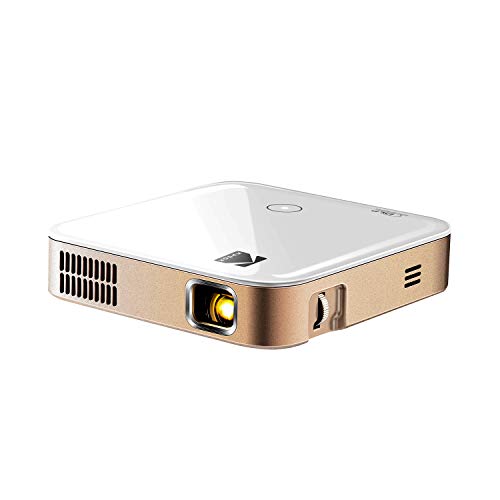If you’re dealing with an overheating projector, there’s a strong chance you’re dealing with some sort of malfunction. Luckily there are ways to fix and prevent this.
STEP 1 Clean the Air Filter of any Dust
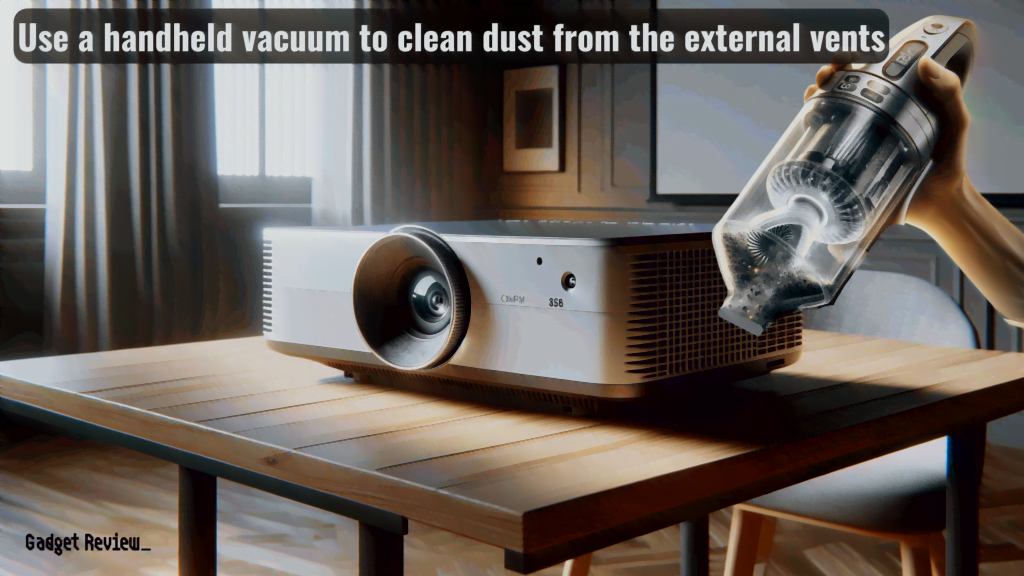
To prevent projector overheating, it’s crucial to address dust accumulation. An accumulation of dust forces your projector fan to work twice as hard. This means that projector heat can build up and cause issues with overheating. Dust buildup can obstruct internal components, hindering the projector’s ability to cool effectively.
- Regularly clean your projector using a handheld vacuum. Clean external vents can prevent dust from raising the internal temperatures
- If you live in a climate with an abundance of dust, make sure your air filter is replaced regularly. This also applies to cleaning your air vents regularly, as well. You can have the best filter in the world, but it won’t mean much if proper airflow can’t get into the filter in the first place.
- However, it’s advised to avoid dismantling the projector, as improper handling can damage sensitive components.
insider tip
If you’re worried about energy consumption, try using a projector that has an eco mode you can use.
STEP 2 Have Adequate Room Temperature Air
Operating a projector in a controlled environment significantly affects its performance. Ensure the room temperature range isn’t getting too high for the projector. Dealing with temperature control is an aspect of projector ownership you can’t ignore.
- Ensure that the ambient temperature stays within a normal range (68°F to 77°F).
- Maintain moderate humidity (40%-60%) to reduce the risk of overheating. This is especially important for high-performance projectors from brands like Epson, where maintaining optimal internal temperatures is key to preserving image quality and longevity.
If you have trouble controlling the temperature of the room, a cooling pad can be a fantastic way to help regulate the machine. With these overheating issues, sometimes teachers might contemplate picking either a TV or projector for the classroom.
STEP 3 Provide Proper Ventilation & Placement
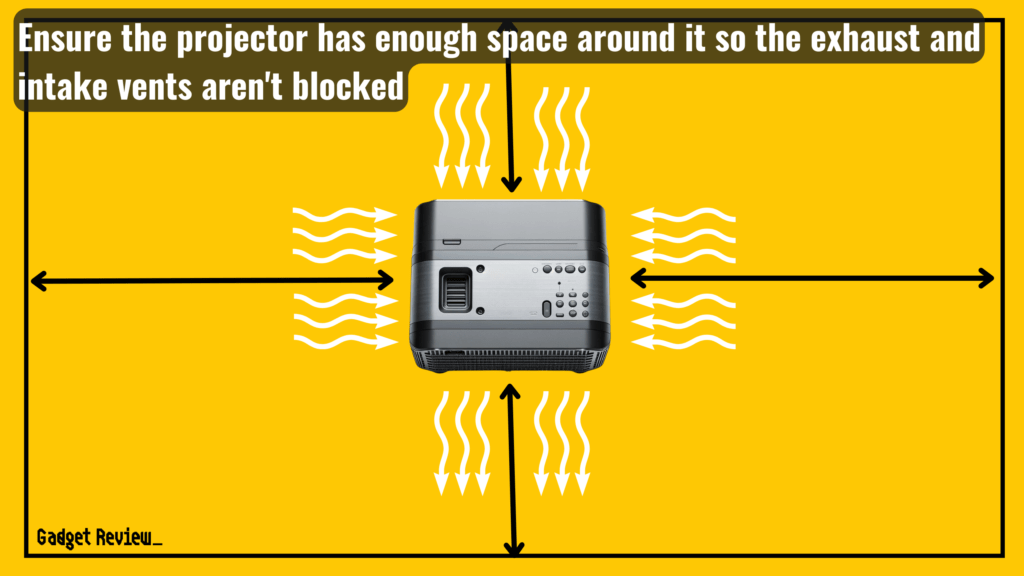
Allowing airflow for cooling is crucial to keep your projector cool.
- Adequate ventilation will keep projector heat from building up and causing malfunctions.
- Sufficient airflow is the best protection against heat buildup and excessive heat. Keeping your projector clean will help projector vents stay free of debris and work correctly.
warning
Moving your projector before it has completely shut down and cooled off can cause damage to the inner components.
Proper placement of the projector is essential for preventing overheating.
- It should be positioned in a space that allows adequate airflow, avoiding enclosed spaces or soft surfaces that could restrict ventilation.
- Also, using appropriate mounts or stands ensures stability and helps maintain an even airflow, which is vital for the projector’s power supply and cooling systems to function efficiently.
Signs of Projector Overheating
There are a few common projector issues that can lead to overheating.
- Black Spots
- Black spots, not black levels as seen on rear projectors, can mean several things, such as low lamp life, which requires a lamp replacement.
- If the projector lamps are okay, it’s time to look at other reasons why black spots appear. One of the most common reasons is overheating.
- Excessive Heat: The projector’s surface becomes unusually hot to the touch.
- Automatic Shutdown: The projector may suddenly turn off to prevent damage.
- Warning Lights: Many projectors have built-in warning lights that indicate overheating.
- Loud Fan Noise: An unusually loud fan noise may indicate the projector is working harder to cool down.
- Dimming or Color Distortion: Overheating can cause the image quality to degrade, leading to dimming or color distortion.
- Reduced Performance: General performance issues, such as slower response times or glitchy images, can also be a sign.
Understanding the causes of overheating in projectors is essential for maintaining their longevity and performance. By being on top of your projectors’ environmental conditions, regular maintenance, and proper usage, you can ensure that it operates efficiently, delivering clear and vibrant images without the risk of heat-related damage.


